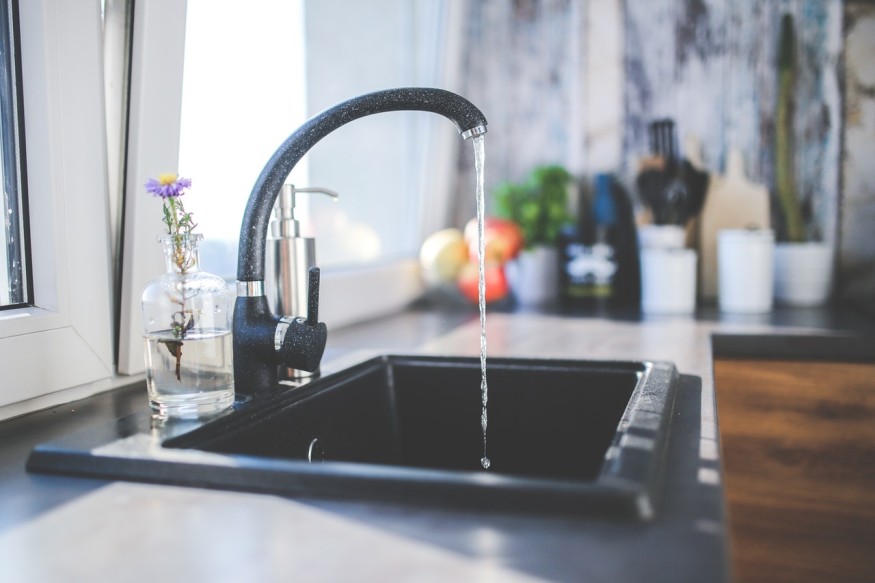South Korean scientists claim to have developed a new device that can remove nearly all of the salt from seawater, potentially addressing one of the world's most serious health issues.
According to the World Health Organization, around 785 million people lack access to safe drinking water.
Although the Earth has a large amount of water, most of it is the ocean, with freshwater accounting for only around 2.5 percent of the total.

Desalination of seawater is one method of providing safe drinking water. The Korea Institute of Civil Engineering and Building Technology (KICT) has announced the creation of a high-performance electrospun nanofiber membrane for using in the membrane distillation process to convert seawater to potable water.
Researchers at the KICT developed a coaxial electrospun nanofiber membrane. The membrane not only removes 99.9% of salt from seawater, but it also lasts up to a month, when earlier solutions only lasted approximately 50 hours before needing replacement.
Salty Seawater

Salt is present in seawater. Human cells absorb both water and salt when they consume seawater. While people may safely consume modest amounts of salt, the salt concentration of seawater is far greater than what the human body can handle.
Therefore, we also drink liquids when we ingest salt in our everyday diets, which helps to dilute the salt and keep it at a healthy level.
Sodium chloride (salt) is required by living cells to sustain chemical balances and reactions in the body; nevertheless, too much sodium can be fatal.
Membrane Distillation
In membrane distillation, the most challenging problem is membrane wetting. If a membrane becomes wet during the membrane distillation process, it must be replaced.
For long-term operations, progressive membrane wetting has been observed. When a membrane becomes completely saturated, it performs poorly in membrane distillation since the feed flows through the membrane, resulting in low-quality permeation.
Creating the Nanofiber
Dr. Yunchul Woo's research group at KICT has constructed coaxial electrospun nanofiber membranes using an alternative nano-technology called electrospinning.
This innovative desalination technology demonstrates that it has the potential to aid in the global freshwater problem. In the membrane distillation process, the proposed technology can prevent wetting concerns and increase long-term stability.
Furthermore, for higher surface roughness and thus better hydrophobicity, the nanofibers in the membranes should create a three-dimensional hierarchical structure.
One of the most advantageous and straightforward methods for fabricating membranes with three-dimensional hierarchical structures is coaxial electrospinning.
To create a coaxial composite membrane with a superhydrophobic membrane surface, Dr. Woo's research team used poly(vinylidene fluoride-co-hexafluoropropylene) as the core and silica aerogel combined with a low concentration of the polymer as the sheath.
In reality, compared to standard polymers, silica aerogel has a substantially lower thermal conductivity, resulting in higher water vapor flux during the membrane distillation process due to a reduction in conductive heat losses.
Distillation Results
For one month, the coaxial electrospun nanofiber membrane rejected 99.99 percent of salt. Due to its low sliding angle and thermal conductivity qualities, it performed well without wetting or fouling. Dr. Woo's study team used the membrane distillation procedure for 30 days or one month.
In a commercially accessible membrane distillation process, Dr. Woo's study team found that having a stable process is more significant than having a high water vapor flow performance.
"The coaxial electrospun nanofiber membrane has high promise for the treatment of seawater solutions without suffering from wetting concerns," Dr. Woo said, adding that it "may be the right membrane for pilot-scale and real-scale membrane distillation applications."
For more environmental news, don't forget to follow Nature World News!
© 2025 NatureWorldNews.com All rights reserved. Do not reproduce without permission.





